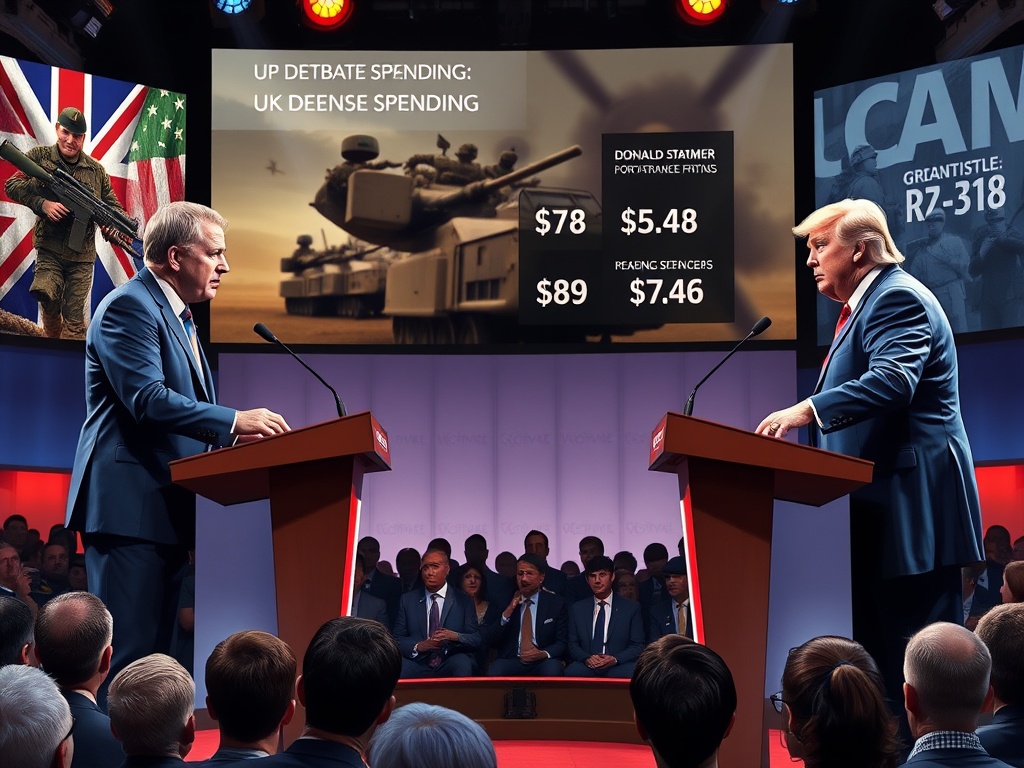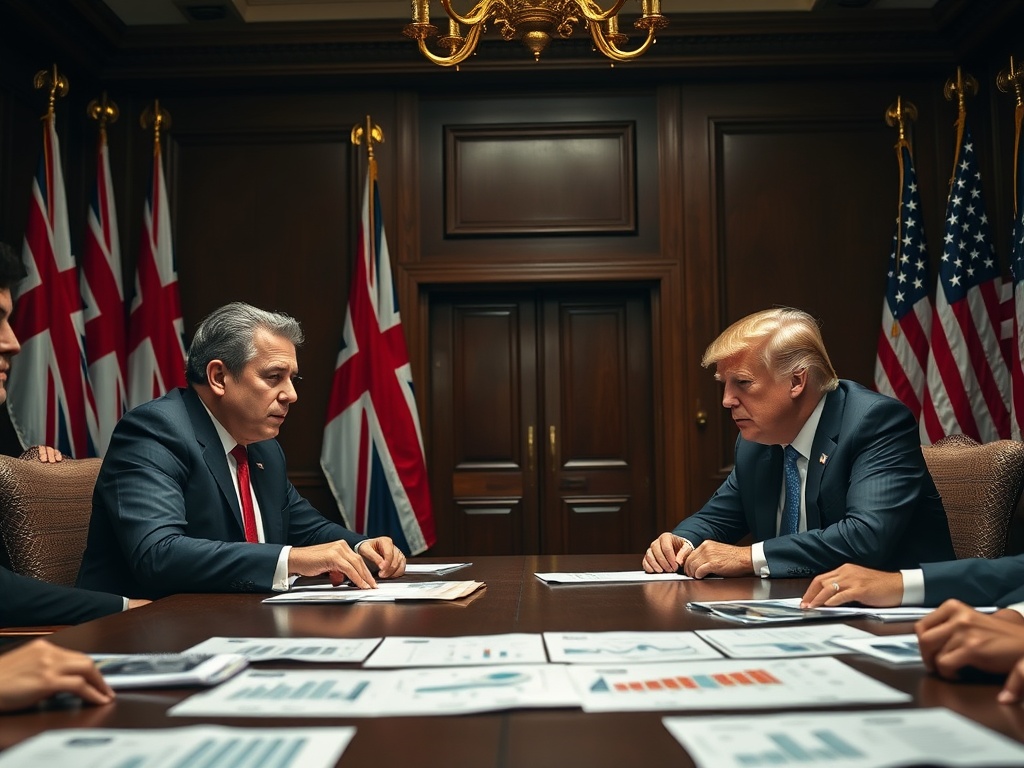Potential Clash Between Sir Keir Starmer and Donald Trump Over Defence Spending

Sir Keir Starmer is poised for a possible confrontation with former President Donald Trump at the White House next week, as he has refrained from committing to a defence spending increase beyond 2.5% of the UK’s GDP. The UK Government has yet to announce when it will elevate its defence budget from the current 2.3% to meet this target, although Downing Street reaffirmed on Sunday that this commitment remains intact.
The Prime Minister has faced mounting pressure from military leaders and former defence ministers to expedite and expand the defence spending plans. Trump has vocalized the expectation that European NATO members should allocate as much as 5% of their GDP towards defence, repeatedly admonishing allies for their insufficient contributions to bolster security in Europe.
Starmer is scheduled to join European leaders for an emergency meeting on Monday, where they will discuss strategies in response to Trump’s call for an end to the ongoing conflict in Ukraine. Following this meeting, he will travel to Washington later this month, where he is expected to brief the President on the outcomes of the discussions.
Government sources have indicated that there are no immediate plans to alter the existing strategy, which aims to outline a roadmap for reaching the 2.5% target in the coming months. A source from No 10 emphasized, “The policy we stood on during the election was 2.5%. That remains our policy commitment.” They dismissed rumors suggesting that the Prime Minister could override Chancellor Rachel Reeves to accelerate the increase in defence spending.
A detailed timeframe for achieving the defence spending target is anticipated to be revealed in the spring, alongside a “strategic review” that will assess current expenditure on defence.
Future of Defence Spending
In November, The i Paper reported that under Treasury plans aimed at maintaining cost control, the UK is unlikely to meet its defence spending target of 2.5% until 2034. Leading up to the election, Labour pledged to “set out the path to spending 2.5% of GDP on defence” and assured that this target would be achieved when public finances permitted.
Even before these plans have been finalized, Starmer is facing increasing pressure to commit to a higher percentage of GDP for defence spending. According to The Sunday Times, Starmer has met with Chief of the Defence Staff Admiral Sir Tony Radakin and other military leaders, who are advocating for an increase to 2.65%.
Former Defence Secretary Grant Shapps asserted that the UK should aim for “three percent and beyond” in defence spending and criticized several European nations for their inadequate contributions. He stated, “We have countries in Europe that enjoy the freedoms NATO provides but don’t contribute financially to European defence. Some don’t spend anything at all.”
Shadow Defence Minister James Cartlidge commented to The i Paper, emphasizing the urgent need for the Government to clarify its spending plans promptly. He stated, “Since the very first debate after the election, I’ve been warning Labour about the critical need to increase defence spending—especially for rearmament at the scale necessary to address the threats we face.”
He continued, “If Labour is finally going to outline a plan to achieve 2.5%, that is welcome. However, they must compensate for the lost time since July in placing orders for new equipment, which is essential to invigorate our defence industrial base.”
Business Secretary Jonathan Reynolds affirmed that the Chancellor understands the pressures on public services but stressed that defence must be a cornerstone of national prosperity and security. A spokesperson for the Ministry of Defence stated, “To ensure the UK is prepared for evolving threats, our budget has increased defence spending by £2.9 billion for next year, and we are committed to establishing a path to 2.5% of GDP on defence.”
They added, “The Strategic Defence Review will be comprehensive, ensuring we thoroughly evaluate the threats we face and the capabilities needed to meet the challenges and opportunities of the 21st century. As we have consistently stated, the review will be published in the spring.”




